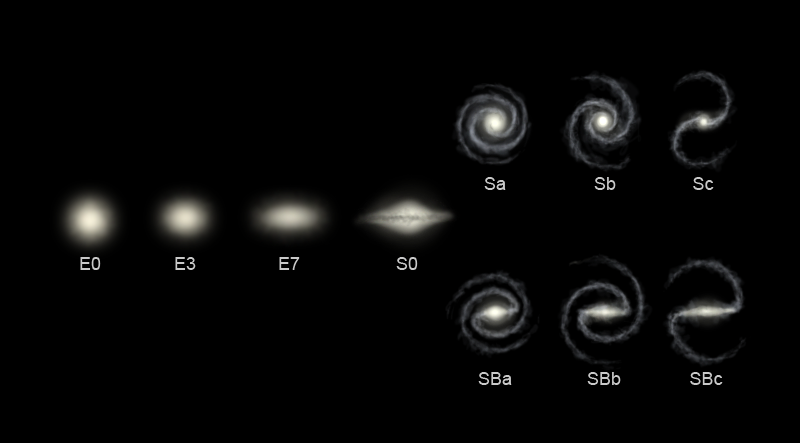The Power of Magnetic Fields in Space
Yesterday this amazing picture came rumbling through the Intarwebs from the folks at Hubble Space Telescope. It’s from the Advanced Camera for Surveys and shows the galaxy NGC 1275 seemingly surrounded by what looks like a spiderweb of stuff.
Now, there’s a lot going on here, so let’s break it down. First, the galaxy is in the center of the Perseus Cluster of galaxies, and the whole region is permeated with hot gas — REALLY hot — around 100 million degrees. The red stringy things are filaments of cooler hydrogen gas and they’re threaded on magnetic field lines that extend throughout the region.
Magnetic field lines? Yes, this is indeed true. The actions of a supermassive black hole and its associated jet at the core of the galaxy are the source of very strong magnetic fields that extend quite far out from the core. Gas near the center of the galaxy gets superheated by all the hoopla surrounding the black hole and jet, and that blows bubbles of material out into surrounding space. Those expanding bubbles plow into cooler regions of hydrogen gas, and the expansion carries some of that gas out along with it. The red filaments are the hydrogen gas that looks like it’s draped on the magnetic field lines. Those filaments are actually a very important clue to astronomers. They are the biggest visible-light evidence for some “invisible” (i.e. not visible to our eyes) interactions between NGC 1275’s central black hole and the hot gas that permeates the surrounding interstellar and intergalactic spaces.
Now, the filaments look really delicate, and you’d think that the huffing and puffing of material blasting out from the center of the galaxy via the jet would destroy the hydrogen gas threads. What’s saving them are the magnetic fields.  Those lines of force hold the gas in place and help it resist the outward blasts from the core of the galaxy. They also keep the gas from clumping up to form newborn stars, making them a disruptive as well as a unifying force.
Those lines of force hold the gas in place and help it resist the outward blasts from the core of the galaxy. They also keep the gas from clumping up to form newborn stars, making them a disruptive as well as a unifying force.
For anybody who thought that intergalactic space might be empty and boring, this image and another one taken with multiple instruments (left), reveals just how frenetic the environment in galaxy clusters can be.
While we may not be able to see those magnetic fields, images like these show us the effects that such fields have on the ordinary matter they thread through.
For more information, surf on over to the Space Telescope Science Institute’s HubbleSite page.



 There’s a kind of interesting side-note to galaxy studies, and it involves anybody who wants to get online and help astronomers classify galaxies. Surf on over to the
There’s a kind of interesting side-note to galaxy studies, and it involves anybody who wants to get online and help astronomers classify galaxies. Surf on over to the